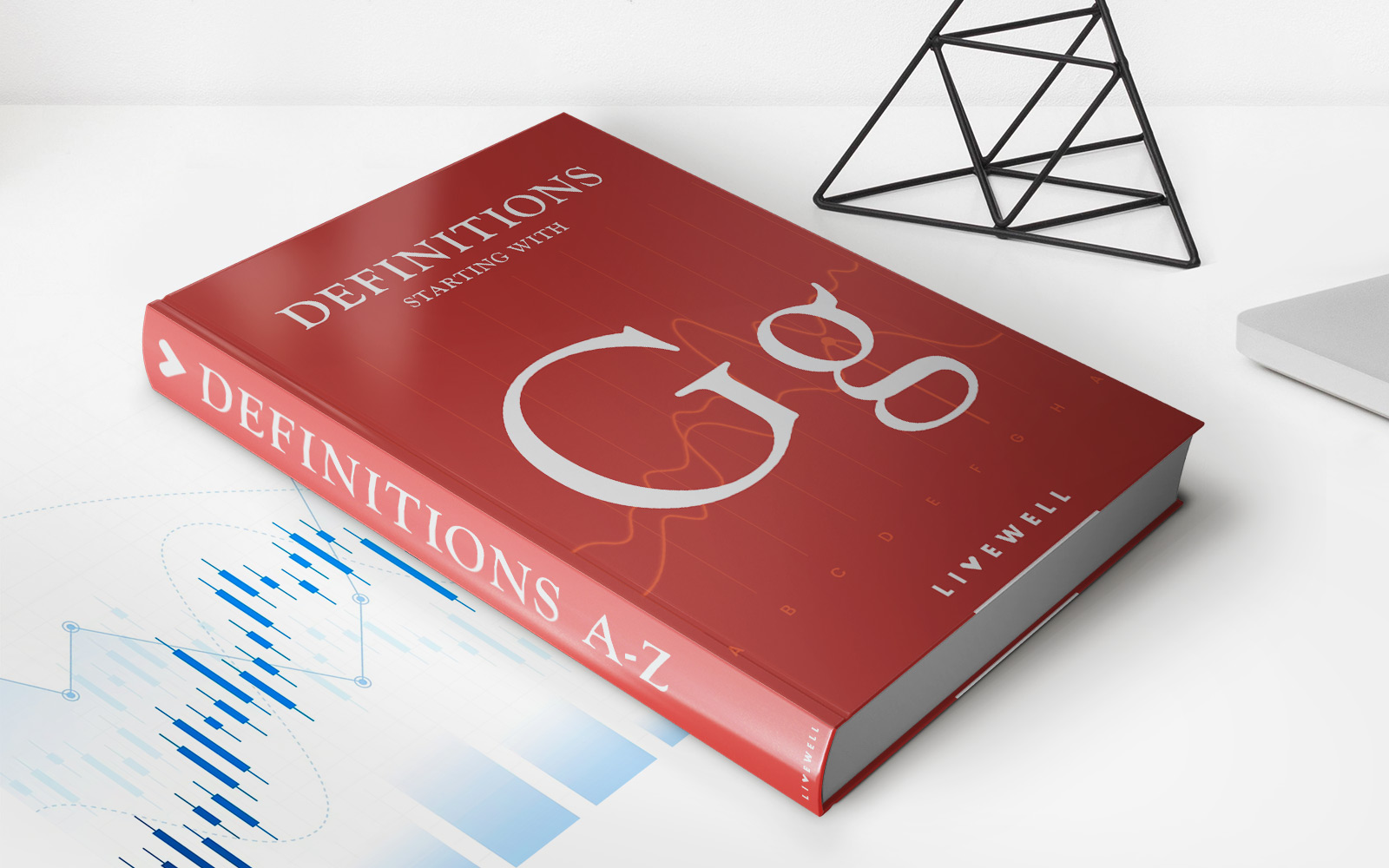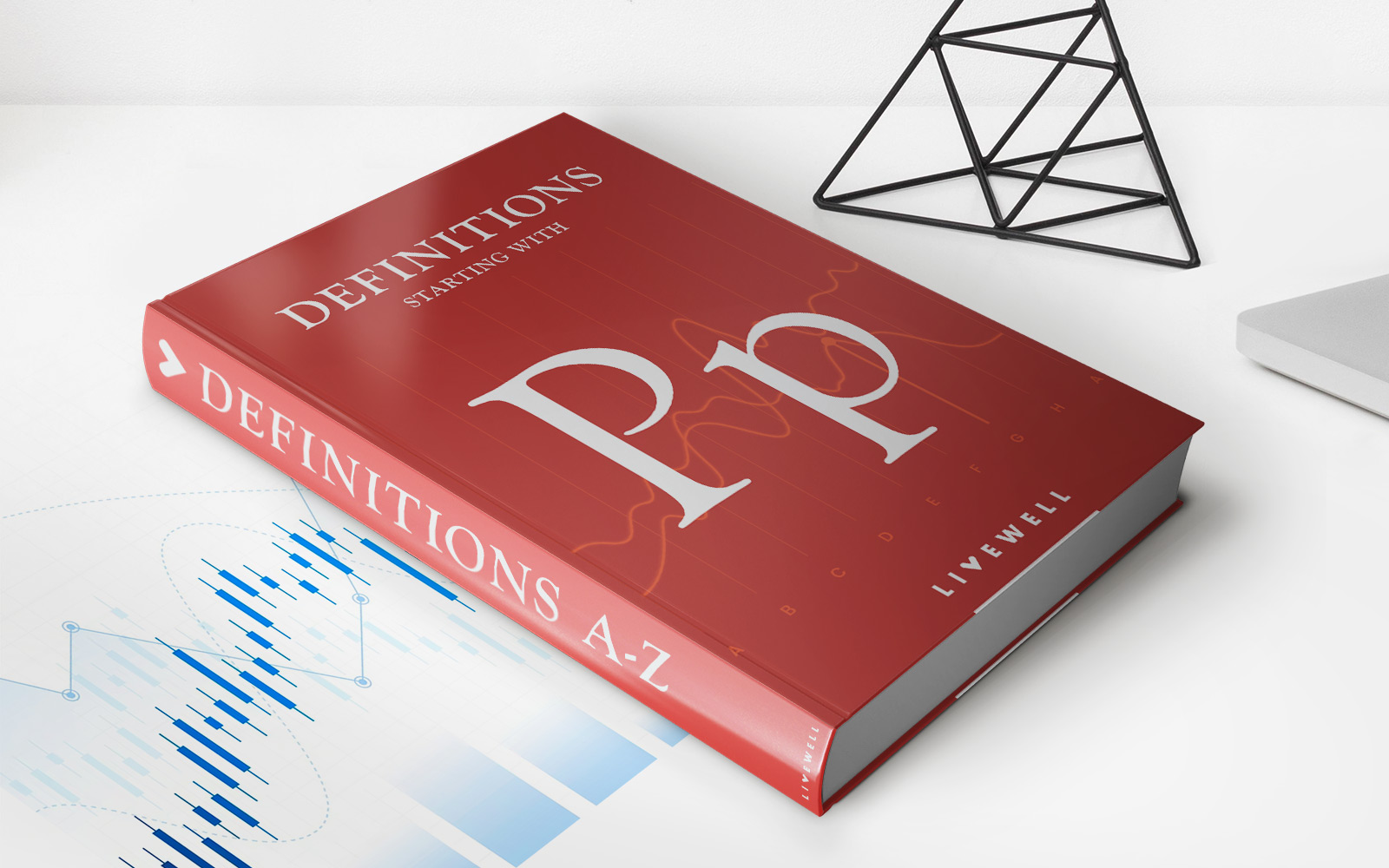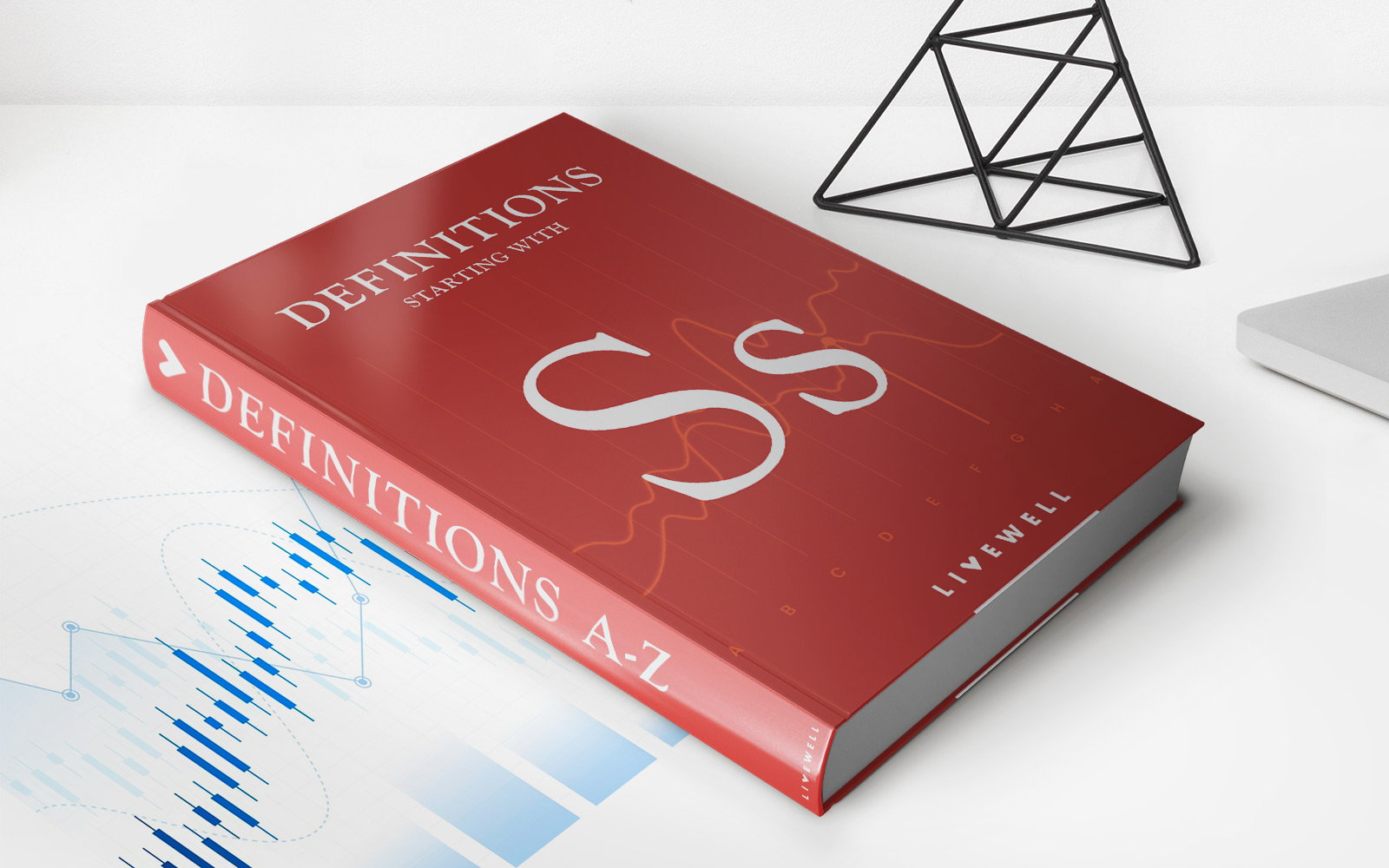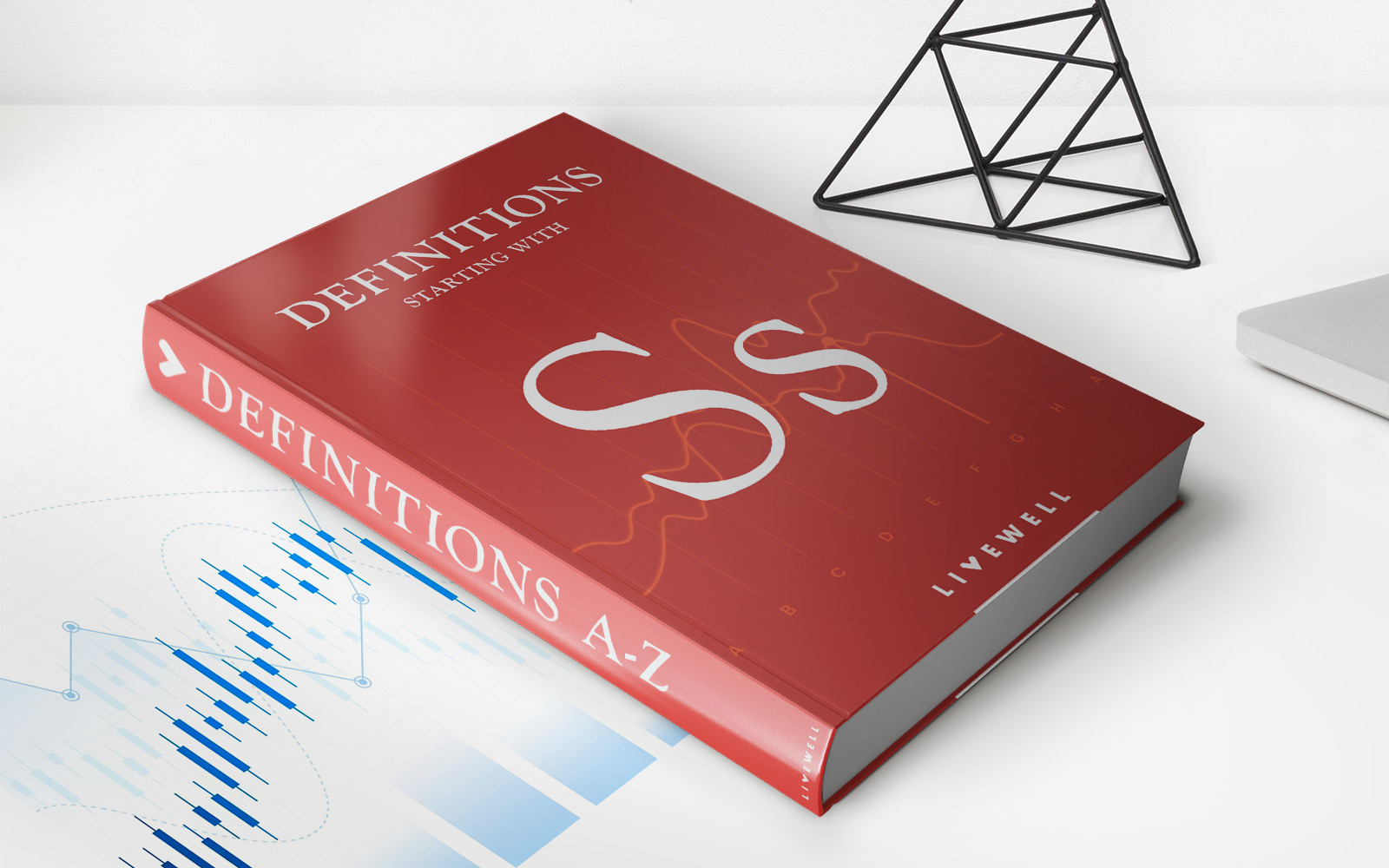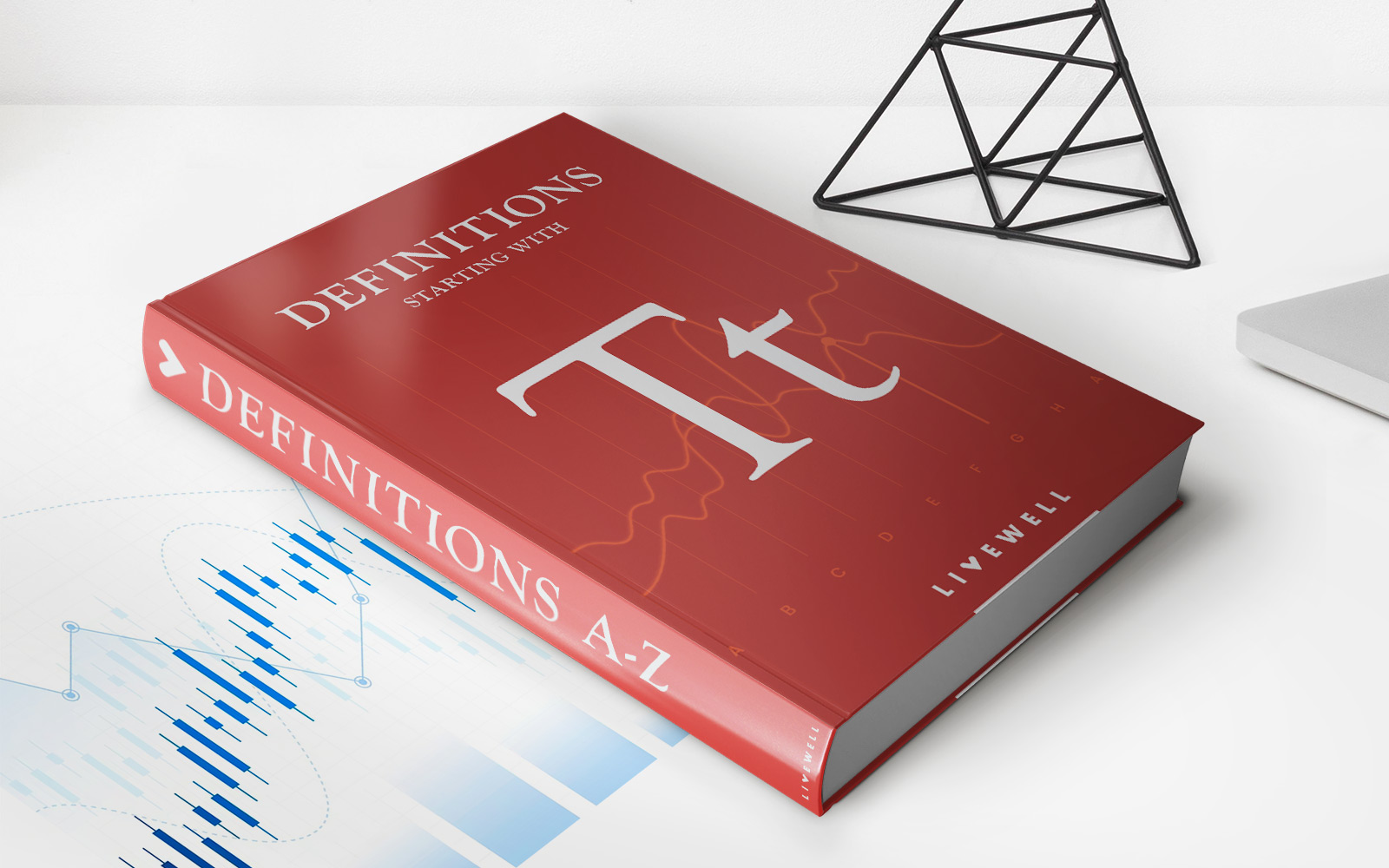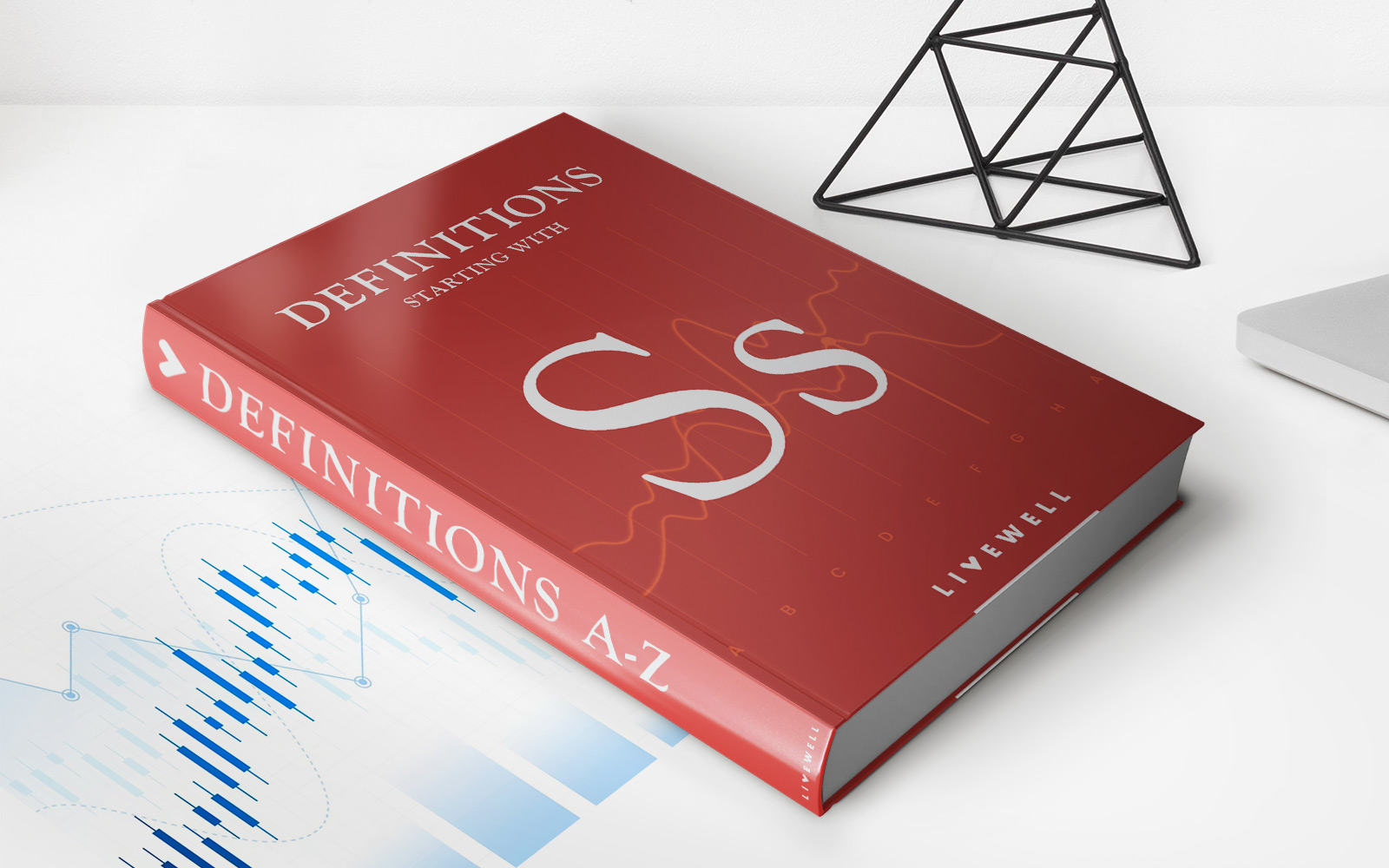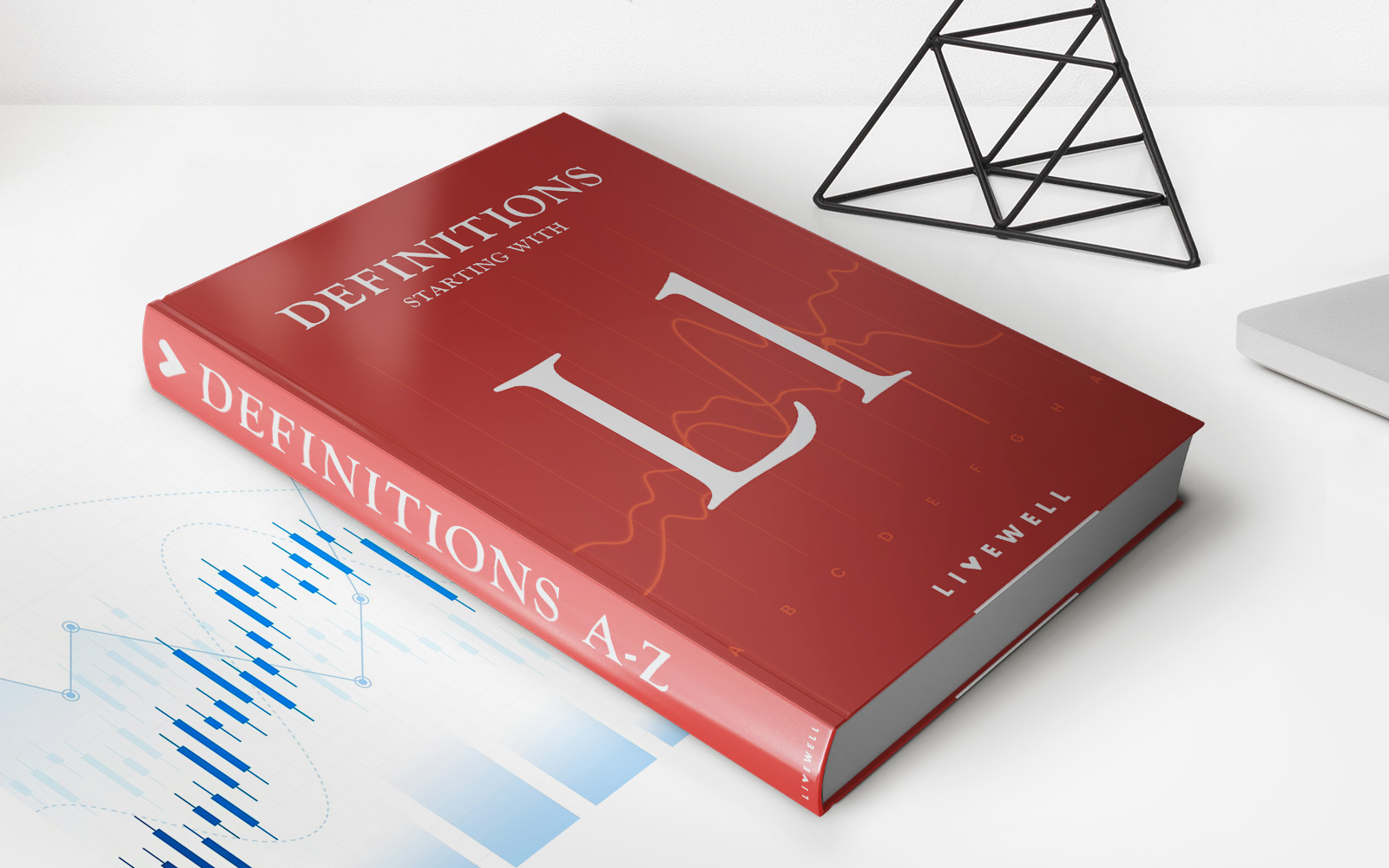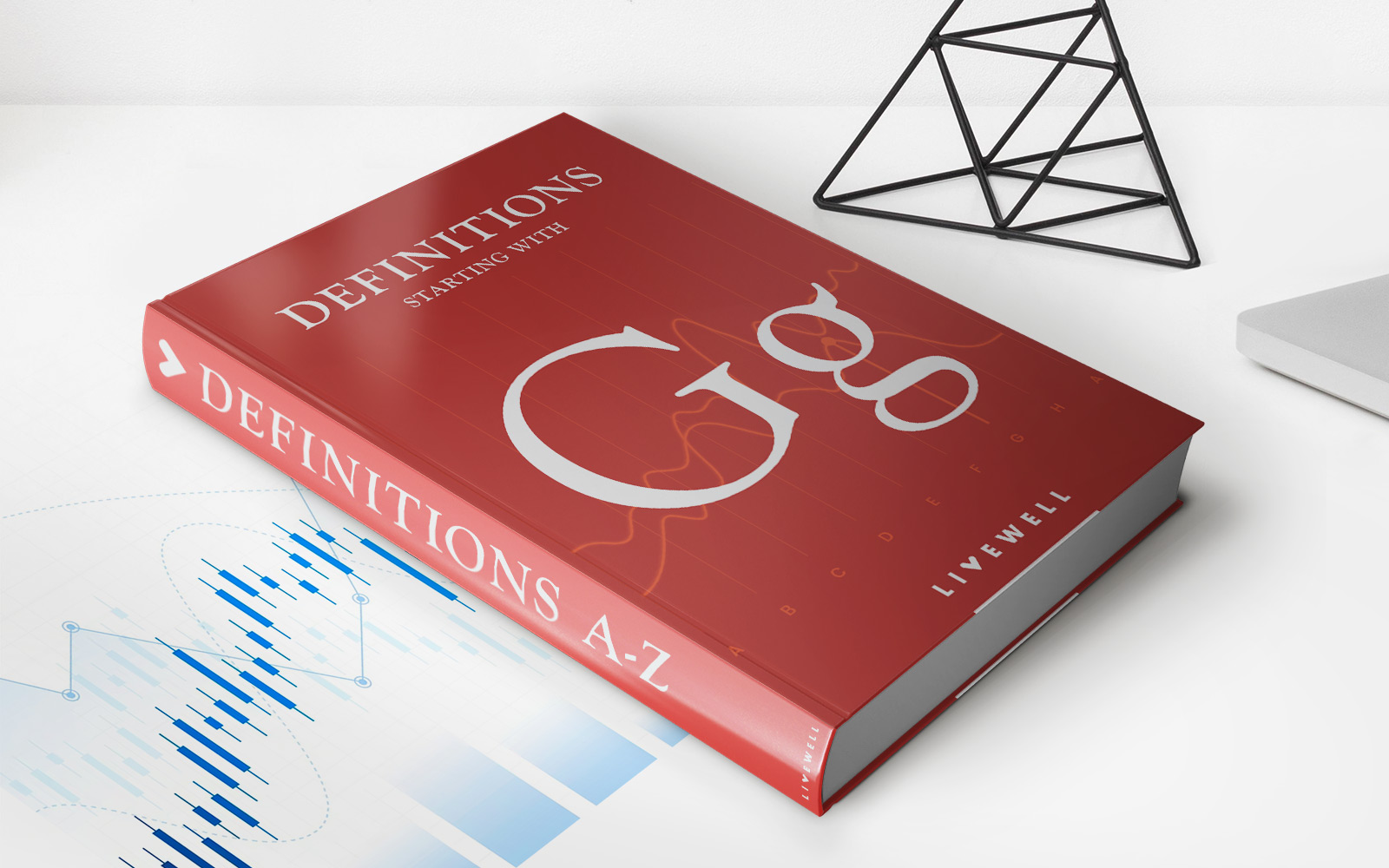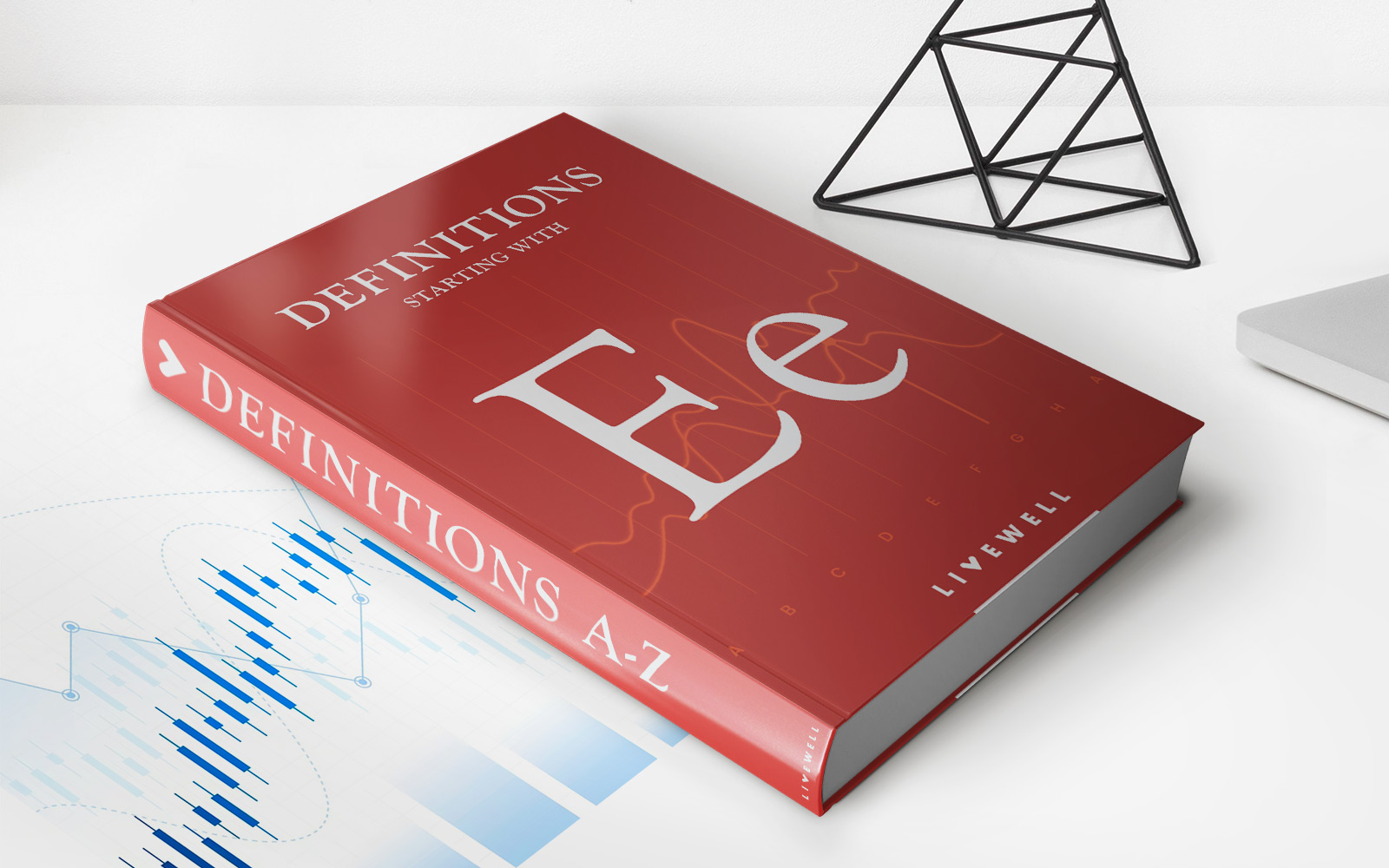Home>Finance>Short Hedge Definition Vs. Long Hedge With Example


Finance
Short Hedge Definition Vs. Long Hedge With Example
Modified: February 21, 2024
Learn the difference between short and long hedges in finance with a clear example. Understand how hedging strategies can mitigate risk.
(Many of the links in this article redirect to a specific reviewed product. Your purchase of these products through affiliate links helps to generate commission for LiveWell, at no extra cost. Learn more)
Short Hedge Definition vs. Long Hedge With Example
When it comes to managing financial risk, hedging strategies are widely used to protect against potential losses. In the world of finance, a hedge refers to an investment position that helps offset the risk of adverse price movements in an underlying asset. But what exactly is the difference between a short hedge and a long hedge? In this blog post, we will explore the definitions of both concepts and provide examples to illustrate their practical applications.
Key Takeaways:
- A short hedge is a strategy used by investors to protect against the potential decline in the price of an asset they currently own.
- A long hedge, on the other hand, is a strategy employed by investors to safeguard against the potential increase in the price of an asset they plan to purchase in the future.
Short Hedge
A short hedge is implemented when an investor wants to protect an existing asset from declining in value. This strategy involves taking an offsetting position in a related futures contract or options contract. By doing so, the investor aims to mitigate their potential losses if the price of the asset decreases.
Let’s consider an example to illustrate the concept of a short hedge:
John is a wheat farmer who wants to protect his crop from a potential decline in wheat prices. He expects to harvest 100 tons of wheat in three months and plans to sell it at the market price at that time. However, he is concerned that the price of wheat may decrease by then due to external factors such as unfavorable weather or changes in supply and demand.
To hedge against this risk, John decides to take a short hedge position by selling wheat futures contracts. By doing so, he agrees to sell the wheat at a predetermined price, thus locking in a favorable future selling price and protecting himself from potential losses if the price drops. In this way, John has effectively hedged his exposure to declining wheat prices and can have a certain level of security for his anticipated profits.
Long Hedge
In contrast to a short hedge, a long hedge is enacted to protect against the potential increase in the price of an asset a buyer plans to purchase in the future. This strategy involves taking an offsetting position in a related futures contract or options contract. By doing so, the buyer aims to minimize the impact of potential price increases on the purchase.
Let’s consider another example to explain the concept of a long hedge:
Sarah plans to purchase a new car in six months, but she is concerned that the price of cars may go up in that time due to factors such as inflation or changes in the automotive industry. To protect herself from the potential price increase, Sarah decides to take a long hedge position by buying options contracts on the automotive company’s stock.
If the price of the stock rises by the time she is ready to buy the car, the profit she makes from the options contracts will help offset the increased cost of the vehicle. This way, Sarah mitigates her risk of higher prices and ensures she can purchase the car at a more favorable price even if the market price increases before her planned purchase date.
Conclusion
In summary, a short hedge is employed to protect against the decline in the price of an asset an investor currently owns, while a long hedge helps safeguard against the potential increase in the price of an asset a buyer plans to purchase in the future. Understanding the differences between these two hedging strategies can empower investors and buyers to make informed decisions and mitigate their exposure to financial risks.
Key Takeaways:
- A short hedge offers protection against a decline in the price of an asset an investor currently owns.
- A long hedge provides protection against an increase in the price of an asset a buyer plans to purchase in the future.
By having a clear understanding of short hedge definition vs. long hedge with examples, individuals can better navigate the complex world of finance and manage risk more effectively.
